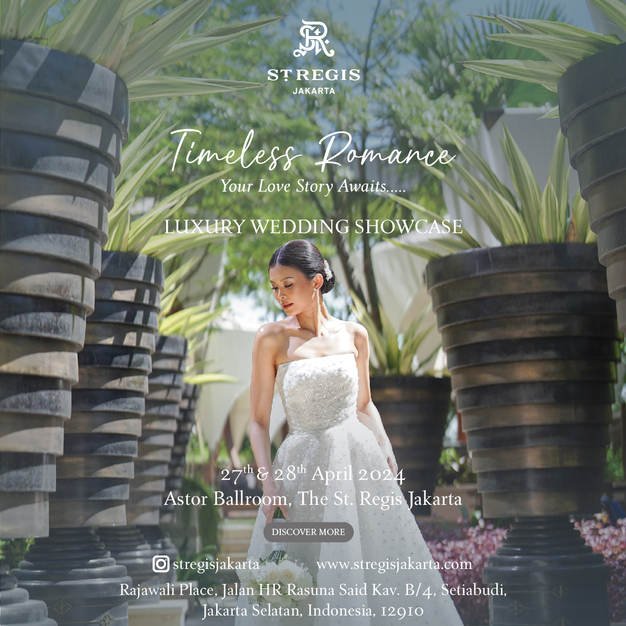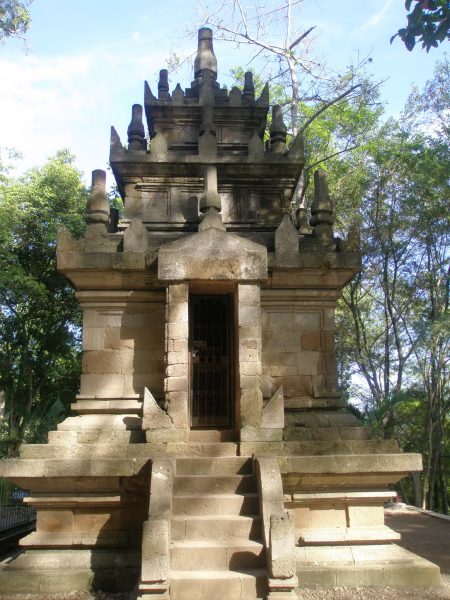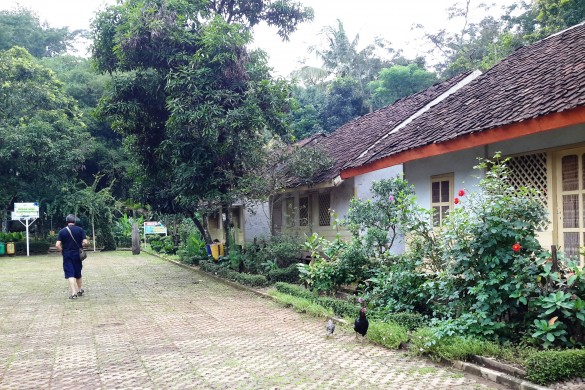Discovering one of the few Hindu-Buddhist relics ever to be discovered in West Java.
One Tuesday morning, a gang of youngsters got on a raft to cross a lake and visit a small temple located on a hill in Garut Regency, West Java. “We just finished our test, and we now want to picnic in this scenic place,” said 19-year-old Anita, a student of Pakuan University in Bogor. “We heard about this forgotten temple and wanted to see it for ourselves. We prefer historical sites to malls; most of our friends want to go to the city, so here we are, just the four of us,” she said.
A temple, or candi in Indonesian, refers to a sacred, ancient stone building used for religious rituals like worshipping gods or for storing the ashes of cremated kings during Hindu and Buddhist eras. Sometimes the word candi also denotes ancient structures like pools or bathing places, as well as ruins of gates.
When we talk about temples in Indonesia, we mostly conjure up images of the grandiose Borobudur in Magelang or the romantic Prambanan in Jogjakarta because apparently, the most well known Hindu and Buddhist temples are located in Central or East Java. Most of them were built during the classical Hindu-Buddhist eras of the 7th-15th century. Today there are more than 70 temples, ranging from small, rather insignificant ruins to those with grand structures. They can be found in Sumatra, Java and Kalimantan; East Java has the most temples (more than 20), while Central Java has 12.
Sitting in West Java, however, is a lesser-known temple known as Cangkuang. This candi, which was named after the tropical pandan tree, was built in the 8th century and sits 600 metres above sea level in a 16.5-hectare piece of land on the edge of a lake. The 8.5-metre-high ancient building is surrounded by four mountains, Haruman, Kaledong, Mandalawangi and Guntur, and is also situated near other interesting sites for visitors to explore: a museum and the Kampung Pulo traditional community.
The museum houses a collection of Islamic holy books. To be more specific, it keeps relics of Friday Prayer sermons, the Holy Qur’an book made of a goat’s hide, and Islamic contemporary law (Fikih) books made of old wood bark.

As for the Kampung Pulo Community, in the village you will find a mosque and six houses, which are divided into two rows, with houses facing one another, since according to local tradition, the layout and number of houses must be arranged in order. Here, the locals – who are mostly farmers – have a unique tradition of giving their harvest away to their relatives instead of selling them. They are also forbidden to raise cows, goats or other four-legged animals, a practice also found in the Baduy tribe in Banten Province. You will only see chickens roaming in the yards of Kampung Pulo.
What is particularly interesting about Cangkuang is not only the 62-centimetre-tall statue of Shiva – a prominent Hindu god – that sits inside the temple’s main room, but also an Islamic tomb that sits just three metres to the south of the temple.
According to the locals, a community elder from the colonial period rests beneath the tombstone.
“It was Embah Dalem Arief Muhammad, also known as Maulana Ifdil Hanafi who was buried in the grave, believed to be an ancestor of the Cangkuang Village community. It was said that Embah Dalem Arief Muhammad came from the Mataram Kingdom in East Java. He came to attack the Dutch VOC Army in Batavia. Later he resided in Cangkuang, embraced Islam and spread the religion here. He used non-violence in spreading the religion because he believed that Islam did not acknowledge coercion and violence,” Zaki, a local person, said.
Experts estimate, judging from the stone decay and the temple’s simplistic style, that the temple is dated circa early 8th-century, around the same period of the Dieng temples, and slightly older than temples of southern Central Java such as Prambanan.
While many beautiful historical sites can be found in Indonesia, the tourism department and local governments should provide better facilities and infrastructure, as well as easier access to attract more tourists. In this case, the existence of Cangkuang – a little Hindu temple standing next to the grave of a Muslim preacher in a community that embraces traditional values – is something that Indonesia must learn to cherish.
Fast facts: Cangkuang Temple
The temple is open daily from 7am – 5pm
Ticket price: Rp.3,000 for (locals) and Rp.5,000 (foreigners).
Raft price: Rp.5,000 per person and Rp.100,000 to rent the entire raft.
Province: West Java
How to get there:
The most convenient way is by car but Garut is also accessible by train from Jakarta to Bandung to be continued on by car, or by public bus from Kampung Rambutan bus terminal in Jakarta directly to Garut. To get there by car from Jakarta or Bandung, simply exit the Cipularang toll road and head to Garut City. Using public transportation from Bandung to Garut, get off at Alun-alun Leles (Leles Square) and take an ojek or horse cart. And to finally reach the temple, you will have to cross a lake using a raft that can carry up to 20 passengers.
Where to stay:
Kampung Sampireun Resort and Spa on Jl. Raya Samarang Kamojang km.4 is a nice option to stay in Garut. It is 20 kilometres south of Cangkuang Temple. Other hotels are the Papandayan and Mulih ka Desa.
Where to eat:
Rumah Makan Sari Cobek and Rumah Makan Asep Stroberi are Sundanese restaurants, two of the many choices available.
Tour guides:
Places of interest:
Mount Cikuray, Mount Papandayan, Mount Guntur with Citiis Waterfall, Situhapa Rose Garden, Cipanas Hot Springs, Cimanuk River Rafting, and Orok Waterfall.





